Growth, innovation, sustainable development and excellent quality of life for all.
A city on the rise, Liverpool is investing in infrastructure, continuing to grow business and academic progress, supporting the arts and culture in the city, and doing all of this sustainably.
The significant investments made in the Knowledge Quarter have cultivated a research and innovation hub that marries academia and industry. The rail network is expanding, with new trains and rail lines opening to increase connectivity within the region.
Liverpool’s future is sustainable too, with a plan in action to reach net zero carbon by 2040 or sooner and to grow inclusively by investing in its residents through skills training and initiatives. Liverpool has always been a place with a strong culture, passionate and welcoming residents, and an eye on the future.
Knowledge Quarter
Home to our own city centre campus, the Knowledge Quarter is a vibrant district known as a hub for cutting-edge research, innovation, and education. It is a massive focus for investment in the future, and is being developed as a partnership between the Liverpool City Council and the University.
The Knowledge Quarter is well-named, as it stands at the forefront of education, science, and creativity and is one of the country's largest academic and clinical campuses. In addition to the University’s cutting-edge research and world-class research facilities, the Knowledge Quarter is also home to the Liverpool Science Park. This facility is a hub of over 60 science and tech businesses composed of a community of collaborative and ambitious innovators, developers, scientists, start-ups, and blue-chips.
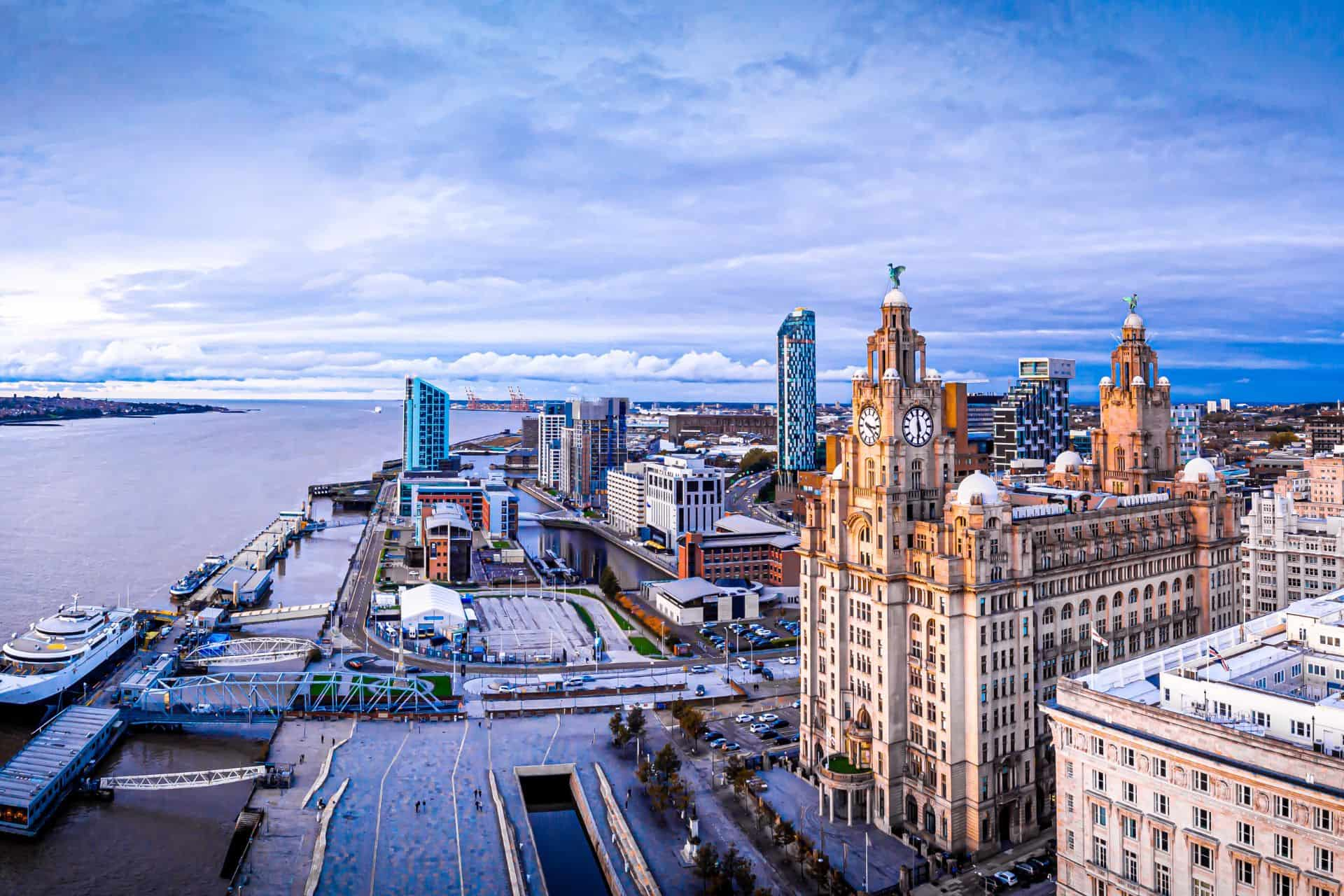
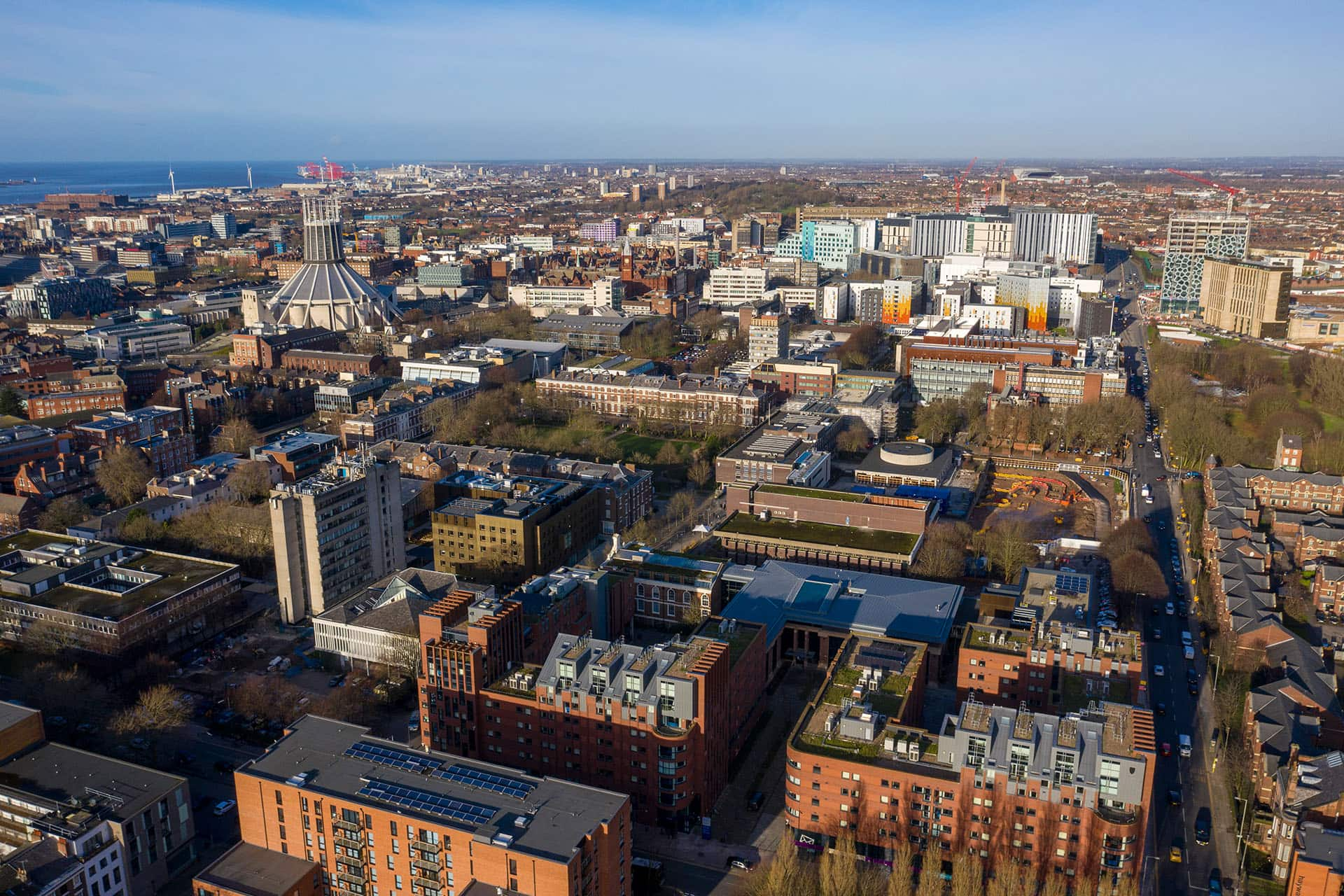
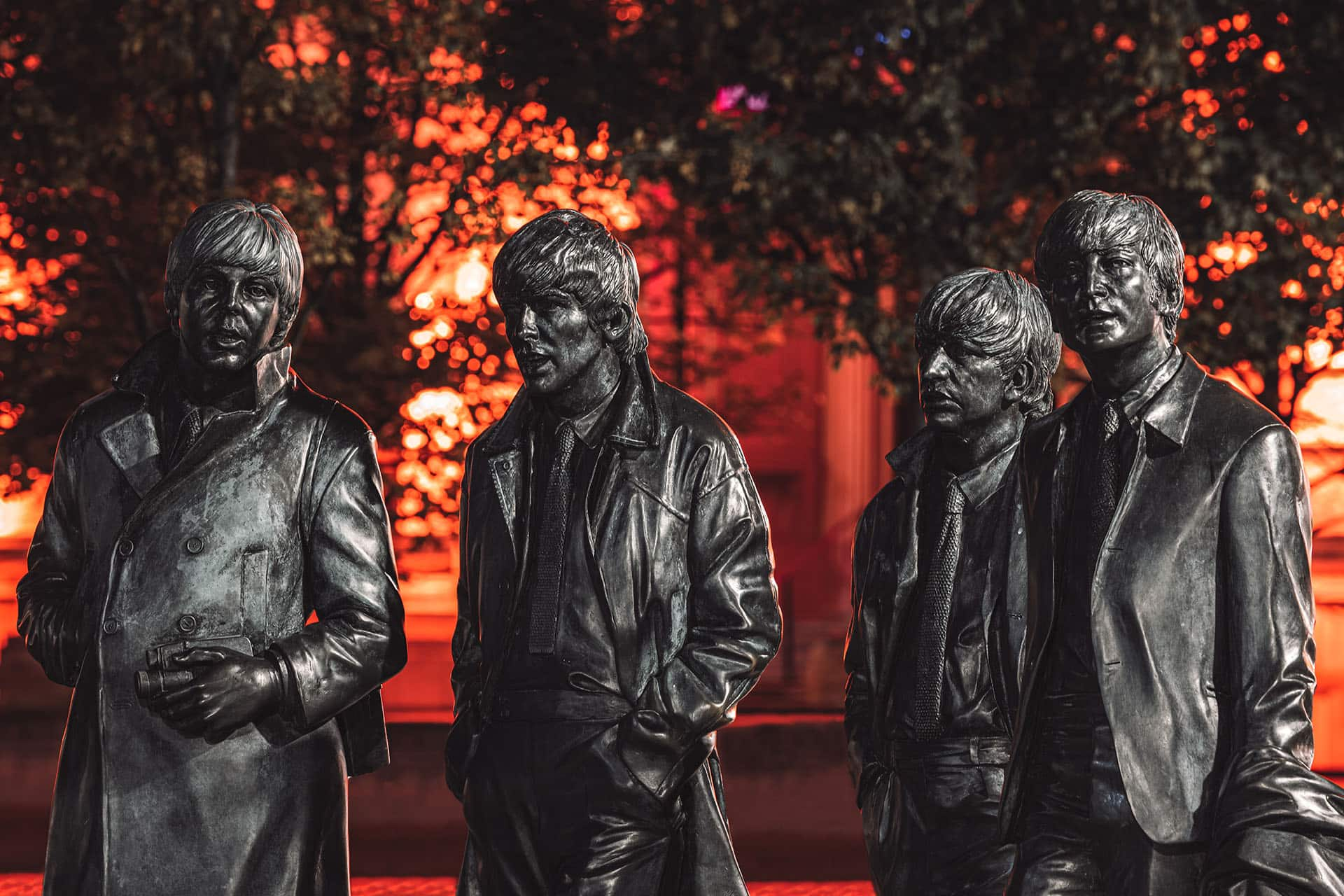
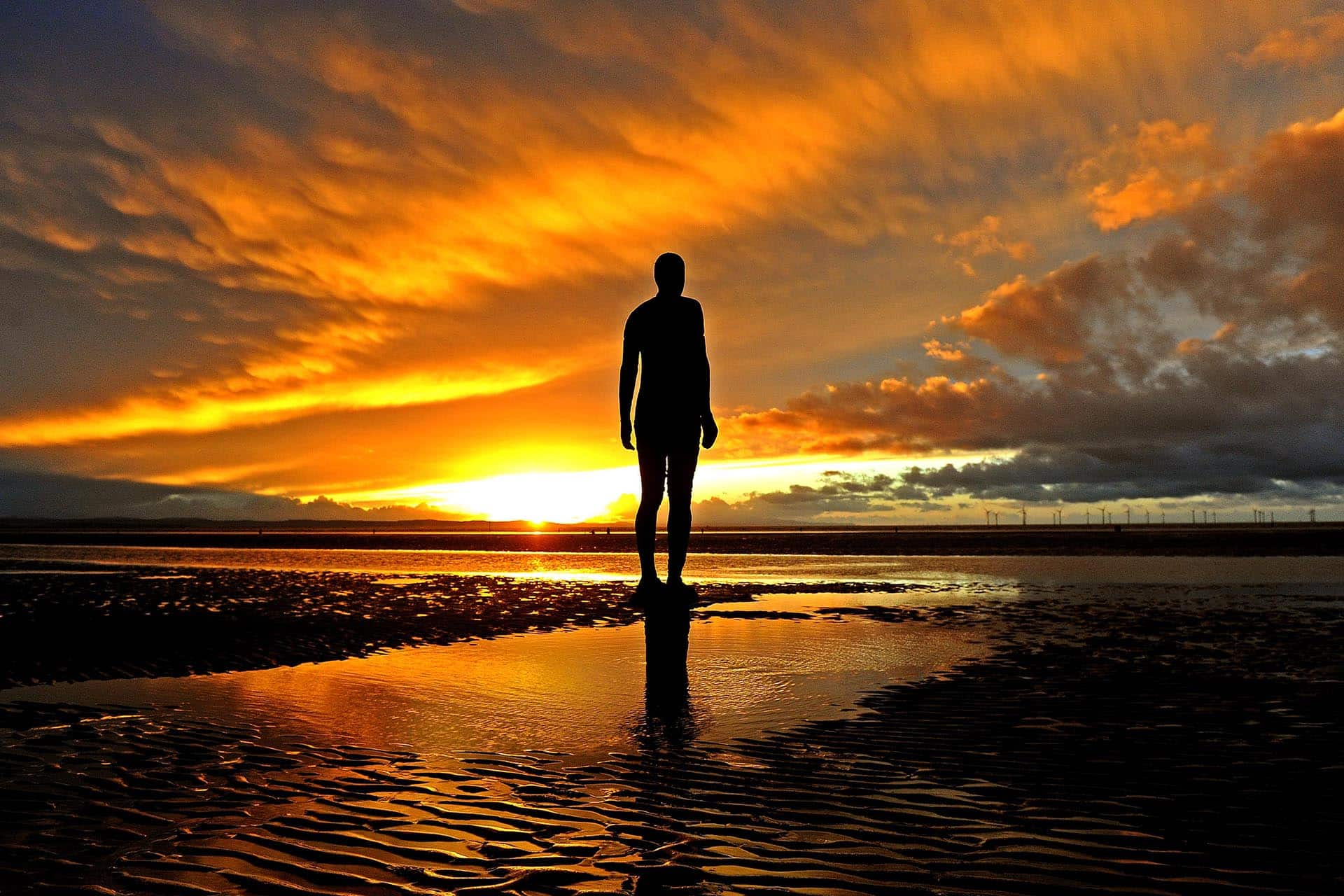
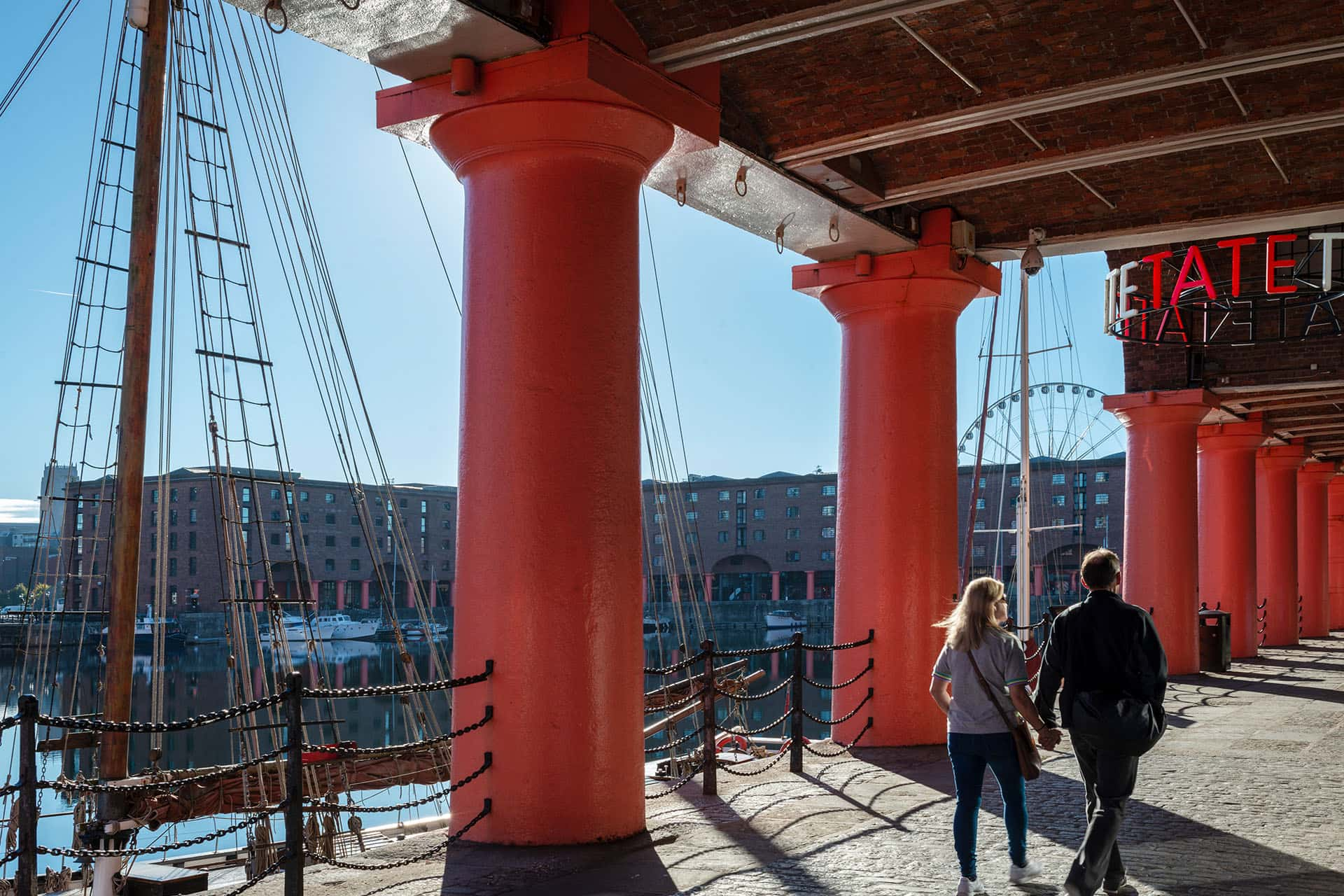
.jpg)